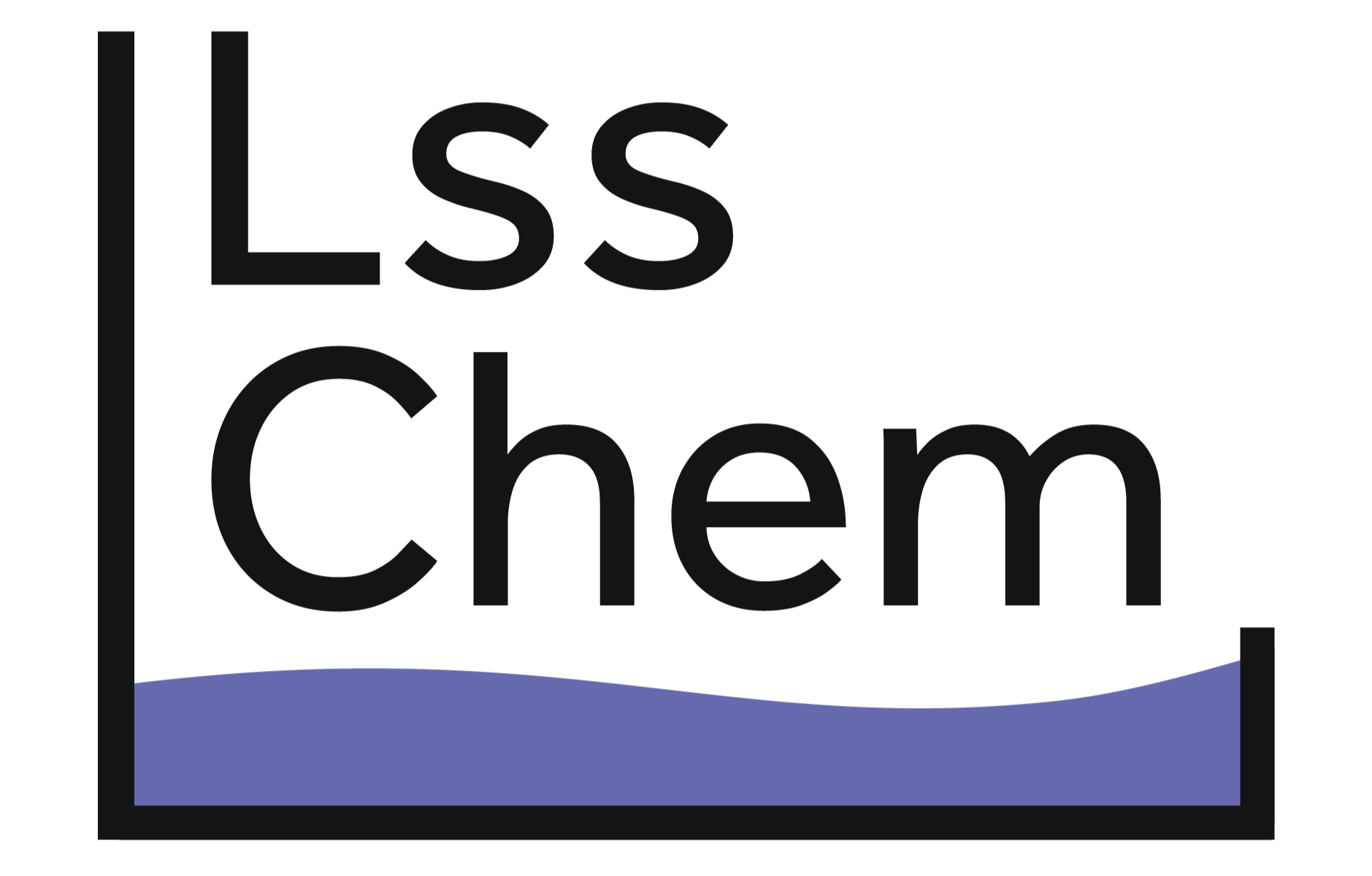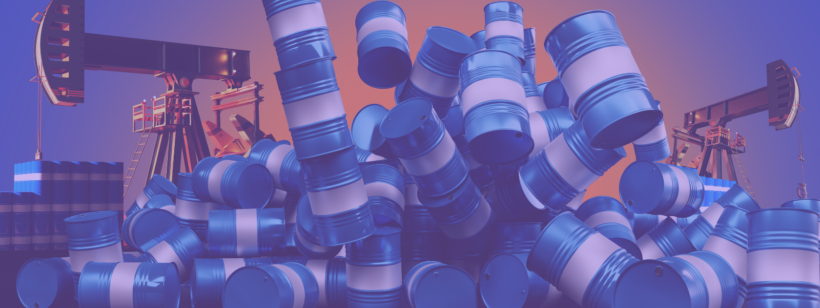Almost every industry in the world utilizes chemicals. Whether for cleaning, product manufacturing, or as additives, chemicals are an essential part of the daily operations of almost every business. So, it probably comes as no surprise that something as simple as a chemical shortage could end up negatively affecting a range of industries.
In this blog post, we’ll take a look at current issues that are impacting the supply and distribution of chemicals, as well as the effects of a chemical shortage.
What Happens When There’s a Raw Material or Chemical Shortage?
When companies can’t receive the chemicals they need to keep their business running smoothly, negative consequences can occur. As a result, many businesses may be forced to close their doors temporarily, and in some cases, permanently.
When there’s a chemical shortage, distributors of raw chemicals tend to increase prices exponentially to combat the high demand and low supply. This hurts small businesses who may not be able to afford the sudden price change of the chemicals they need to keep operating.
Unfortunately, recent occurrences, such as the COVID-19 pandemic and even the 2021 Texas winter storm, have greatly affected the chemical and plastic markets, specifically petrochemicals.
Petrochemicals are chemicals that are derived from petroleum or natural gases, and are added to various products, such as:
- Plastics
- Detergents and soaps
- Fertilizers
- Pharmaceuticals
- Synthetic rubbers
- Paints
- Epoxy resins
Due to the pandemic, many petrochemical manufacturers were forced to cease production, but when the economy bounced back and consumers were suddenly ready to stock up on chemicals, the companies simply could not meet the sudden demand so quickly while dealing with labor shortages.
What About the 2021 Texas Storm?
The 2021 winter storm in Texas also greatly affected chemical supply, mostly because of the dozens of chemical manufacturing facilities that had to halt production. These events culminate in the current state of a raw material shortage resulting in significant price spikes.
Is There a Specific Example of the Results of a Chemical Shortage?
Ethylene is an example of an important and versatile petrochemical solvent that is widely used in the chemical industry in the production of polyethylene production and anesthetic manufacturing.
Unfortunately, prices of ethylene have spiked up to 43% in the past year, resulting in hundreds of corporations losing millions of dollars.
In addition to Ethylene and petrochemicals, here are some other materials that are affected by the chemical and raw materials shortage:
- Chlorine
- Lithium
- Gasoline and crude oil
- Carbon dioxide
What Can Companies Do?
If this current chemical shortage has shown us anything, it’s that more regulations need to be put in place to prevent the skyrocketing of prices for raw materials, and that the need for alternatives to certain chemicals and materials.
Though the raw material shortage is expected to last through 2022, many companies are taking the opportunity to replace certain hazardous chemicals they usually depend on with safer, eco-friendly solvents. Additionally, because of increased regulations on petrochemical usage, companies can utilize sustainable chemicals that minimize excess chemical usage while still working effectively.
Interested in Sustainable Chemicals?
At LssChemicals, we provide high-quality industrial chemicals that aren’t only worker-friendly, but also eco-friendly. You can browse our products on our website, or reach out to our specialized staff today to find the best product for you!


